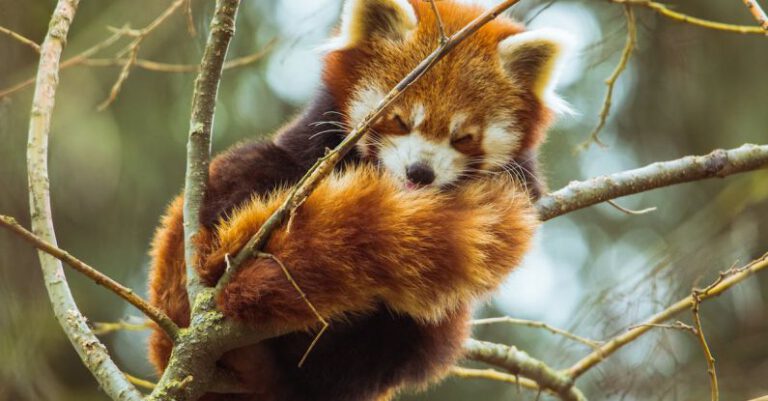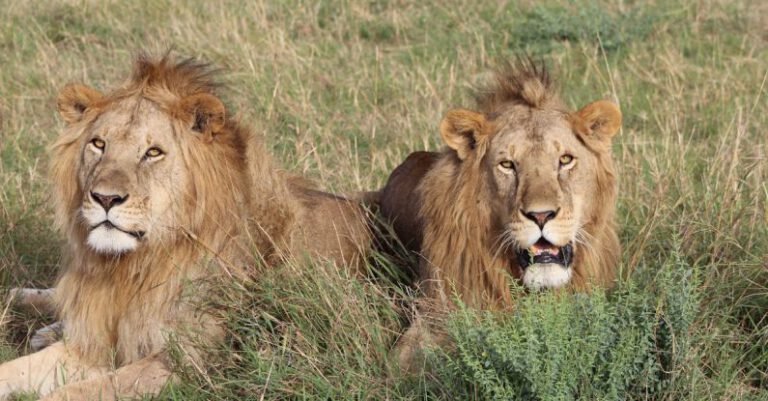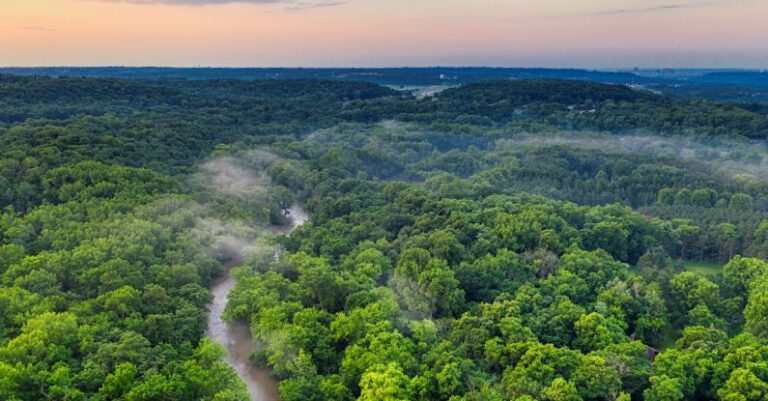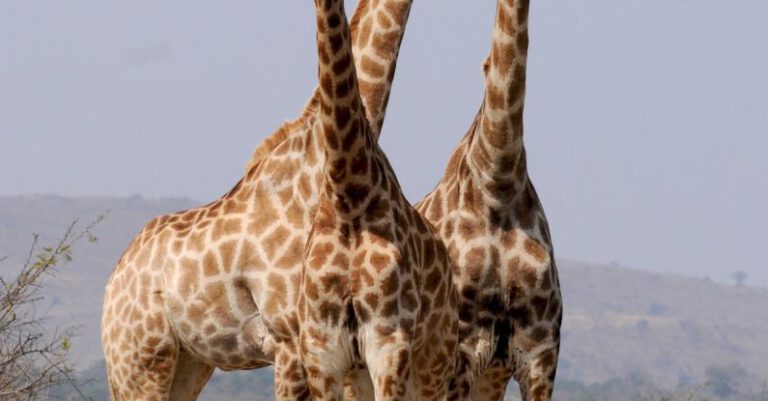How to Ethically Observe Animals in the Wild?
In today’s fast-paced world, many people seek solace and connection with nature by observing animals in the wild. However, it is crucial to approach this activity with respect and ethical consideration for the creatures and their habitats. By following some simple guidelines, you can enjoy observing wildlife in a responsible and sustainable manner while minimizing your impact on their environment.
Respect the Wildlife’s Space and Privacy
When observing animals in the wild, it is essential to remember that you are a guest in their home. Avoid approaching too closely or disturbing their natural behavior. Use binoculars or a camera with a zoom lens to get a closer look without encroaching on their space. By maintaining a respectful distance, you can observe animals without causing them stress or altering their behavior.
Be Quiet and Patient
Patience is key when observing wildlife. Animals may be wary of human presence, so it is essential to remain quiet and still to avoid scaring them away. Sit quietly and observe from a distance, allowing the animals to feel comfortable and go about their daily routines. Avoid making sudden movements or loud noises that could startle the wildlife. Remember that wildlife observation is a test of patience, and the best sightings often come to those who wait quietly and attentively.
Avoid Feeding or Interacting with the Animals
Feeding wildlife can have harmful consequences for both the animals and their ecosystem. Human food can be harmful to animals’ health and disrupt their natural diet. Additionally, feeding wildlife can habituate them to human presence, leading to dependency and potentially dangerous interactions. It is crucial to let animals forage and hunt for their food naturally without interference from humans. Respect their independence and avoid any kind of interaction that could alter their behavior or compromise their well-being.
Stay on Designated Trails and Paths
When exploring natural areas, stick to designated trails and paths to minimize your impact on the environment. Off-trail hiking can damage vegetation, disturb wildlife habitats, and contribute to erosion. By staying on established paths, you can enjoy nature while preserving the delicate balance of the ecosystem. Respect any signs or barriers that indicate restricted areas and follow the guidelines set by park authorities to protect the wildlife and their habitats.
Leave No Trace
One of the most important principles of ethical wildlife observation is to leave no trace of your presence. Pack out all trash, including food wrappers, bottles, and any other waste. Dispose of waste properly in designated bins or take it with you to be properly disposed of later. Respect the natural environment by avoiding littering and minimizing your impact on the ecosystem. Leave the wildlife and their habitats as you found them, ensuring that future generations can also enjoy the beauty of nature.
Conclusion:
By following these guidelines, you can ethically observe animals in the wild while respecting their space and preserving their natural habitats. Remember that wildlife observation is a privilege that comes with the responsibility to protect and conserve the environment for future generations. Enjoy the beauty of nature, but always prioritize the well-being of the wildlife and their habitats above all else.






